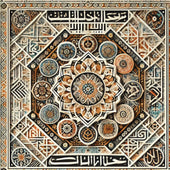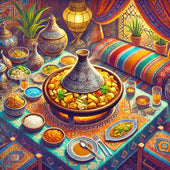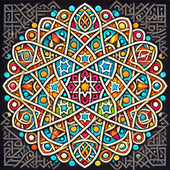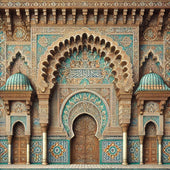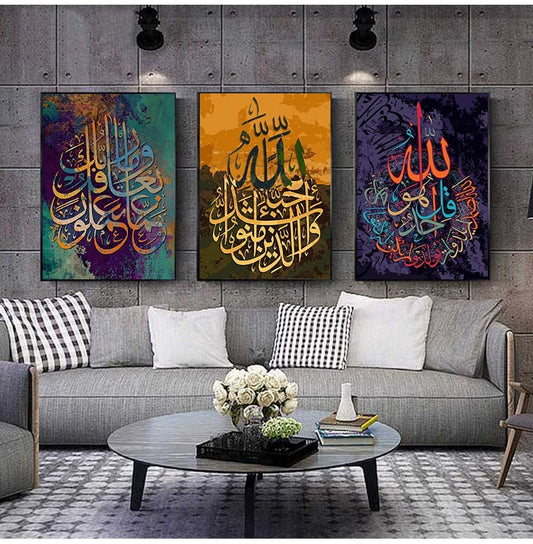Craftsmanship, reflecting the soul of a culture, is an open window on the history and traditions of a people. Around the world, artisans create objects that, beyond their functionality, tell a story.
The Legacy of the Ancients
The origin of craftsmanship
Since the earliest times, man has always sought to improve his daily life. Long before the advent of the industrial era, each object was unique, handmade, and imbued with the personality of its creator. These objects were more than just tools. They were pieces of art, witnesses of a bygone era.
Symbols and meanings
Beyond their utilitarian aspect, handicrafts carry within them the beliefs, hopes and dreams of a culture. In Africa, carved masks have deep spiritual significance and are used in ceremonies. Likewise, oriental rugs tell stories through their intricate patterns.
Techniques and Materials
Material diversity
Each region has its favorite materials, be it wood, stone, metal, fabric, clay or glass. Artisans choose these materials based on their availability and local traditions.
The transmission of knowledge
Craftsmanship, in essence, is based on the transmission of knowledge. In many cultures, this know-how is transmitted from generation to generation. It is a master-apprentice relationship that ensures the sustainability of the art.
Craftsmanship in the Modern Era
The impact of globalization
While globalization presents challenges for traditional artisans, it also offers new opportunities. Markets are opening up, allowing artisans to export their creations well beyond their local borders.
Innovation in craftsmanship
Craftsmanship, far from being fixed, adapts. Today's artisans don't shy away from fusing age-old techniques with modern materials or tools, creating fascinating hybrid works.
Economic and Social Impact
A key sector for the economy
Crafts contribute significantly to the economy, providing employment and contributing to tourism. Many countries recognize the importance of this sector and put in place measures to support it.
Heritage enhancement
Craftsmanship plays a major role in the preservation of cultural heritage. The objects made by today's craftsmen will be tomorrow's heirlooms.
The Future of Craftsmanship
The role of technology
With the emergence of new technologies, artisans have access to new tools and platforms to sell and promote their works. Digitization has opened new doors.
The sustainability challenge
Craftsmanship, in essence, is sustainable. In a world where sustainability has become central, craftsmanship has a major role to play.
FAQs
1. What makes craftsmanship different from mass production? Craftsmanship is characterized by manual production, the uniqueness of each object and personalization.
2. Why is craftsmanship considered sustainable? Craftsmanship promotes local materials, eco-responsible techniques and the longevity of objects.
3. How does craftsmanship adapt to modern technology? Artisans are increasingly using technology to improve their techniques, sell their products online and reach a wider audience.
Conclusion
Craftsmanship, a mixture of ancestral traditions and modern innovations, is the living witness to the evolution of our societies. It reflects our history, our aspirations and our ability to create beauty with our hands.







